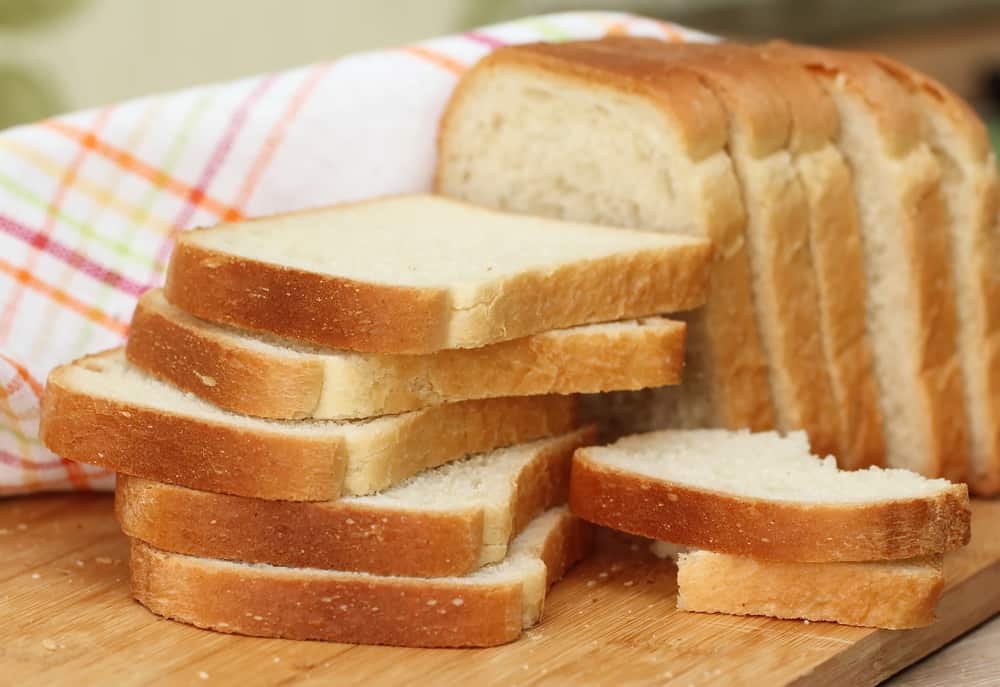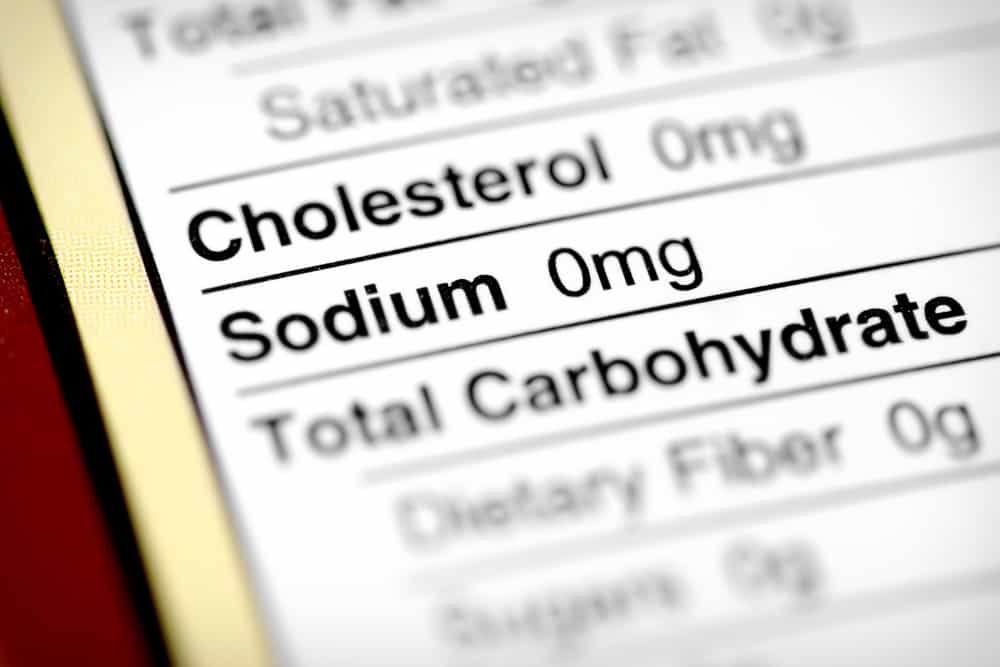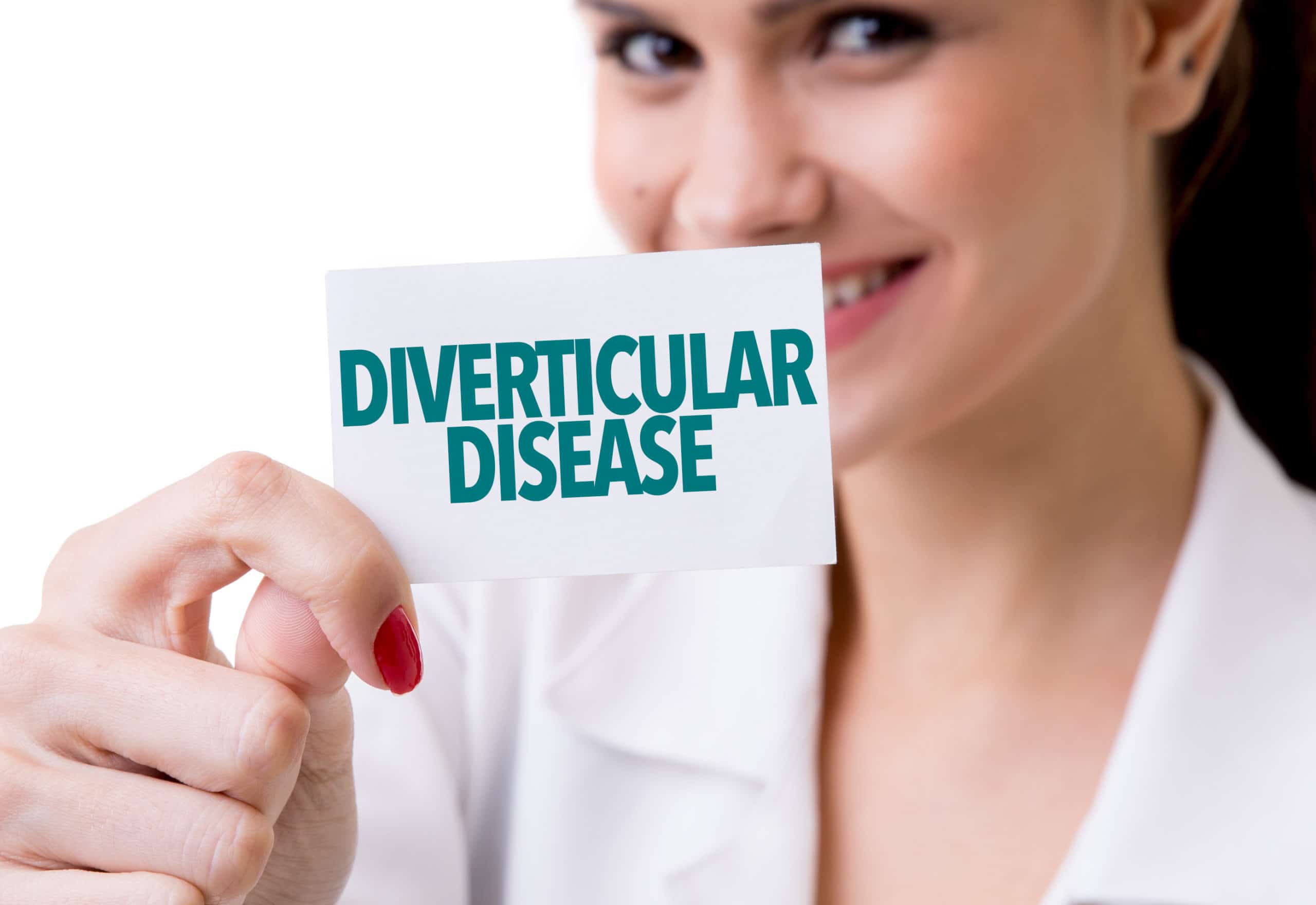What is the DASH diet you may ask? Details will be provided on what this diet plan involves and the purpose behind its origins.
DASH stands for Dietary Approaches to Stop Hypertension and is intended for those with or at risk of high blood pressure. This diet’s main goal is to encourage eating a wide variety of foods rich in nutrients thus reducing sodium intake and decreasing the risk of hypertension.
Read on for an informative look at the highly effective and researched DASH diet plan.
1. The Basics of the DASH Diet
The DASH diet is a sustainable approach to developing a healthy eating style that is intended to treat or prevent high blood pressure. It is not a drastic method and is meant to reduce sodium in your diet. There are two versions of the DASH diet, the first being the standard DASH diet that recommends keeping your sodium intake to under 2300 milligrams per day (Mayo Clinic). The other version is the lower sodium DASH diet and recommends keeping the sodium intake to under 1500 milligrams per day (Mayo Clinic). The recommended servings per food group for a 2000 calorie a day DASH diet plan is 6-8 servings of grains, 4-5 servings of vegetables, 4-5 servings of fruits, 2-3 servings of fats and oils, 2-3 servings of dairy, and 5 servings or fewer of sweets a week (DASH Eating Plan). The diet recommends limiting lean meat, poultry and fish to six one-ounce servings or fewer a day and limiting nuts, seeds, and legumes intake to 4-5 servings per week (Mayo Clinic). It is vital to choose foods that are low in saturated and trans fat and that are rich in potassium, calcium, magnesium, fiber and protein in order to balance your nutrient intake (DASH Eating Plan).
2. Who Was This Diet Plan Developed For?
This diet plan was specifically developed to lower blood pressure without any type of medication. It was created as a lifelong eating plan by the National Institutes of Health in response to research done on hypertension (Mayo). This eating plan was created as part of this study in order to test the effect of changing the entire diet and comparing it to the changes in blood pressure (Van Horn et. al). Normal blood pressure levels should be lower than 120 mmHg for the systolic measurement and lower than 80 mmHg for the diastolic level. The DASH eating plan is intended for those with high blood pressure or those at risk of developing hypertension. The creation of this diet came out of its success in the research field and has become a diet for those desiring to eat healthier and improve their blood pressure readings. Since the origins of this diet, there have been numerous studies that have proven that it successfully lowers blood pressure, which will be discussed further (Steinberg).
3. Benefits of the DASH Diet and Research-Backed Evidence
There are many benefits to the DASH diet plan, with the most obvious being that it does lower blood pressure if followed correctly. Research has shown that when comparing a low sodium DASH diet to a controlled high sodium diet that the DASH diet was successful in lowering systolic blood pressure when at pre-hypertension and Stage 1 hypertension (Juraschek). The National Heart, Lung, and Blood Institute funded numerous studies that tested the health benefits of the DASH diet plan and compared it alongside a typical American diet. These studies also compared different variations of the DASH diet. This thorough scientific research discovered that the DASH diet does in fact lower blood pressure and LDL cholesterol in the blood (NHLBI). These results shaped the NHLBI’s DASH meal plan recommendations and prove that this diet is effective for those with high blood pressure (NHLBI). Beyond just reducing blood pressure, the DASH diet is a generally healthy way of eating and provides other benefits as well. By adhering to the DASH meal plan recommendations, the risk of osteoporosis, cancer, heart disease, stroke and diabetes can also be lowered (Mayo).
4. The DASH Eating Plan Combined with Other Healthy Habits
While the DASH eating plan is not intended as a weight loss plan, it can help guide you to develop healthier eating habits with its recommendations. It is important to note your activity level with the DASH diet plan, as you will need to determine your caloric needs for this way of eating. Based on energy balance, activity level, and age, a daily caloric intake level is set and there are meal plans available based on that number. The DASH diet plan can also be combined with other lifestyle improvements such as adding exercise or physical activity in order to help control your blood pressure and LDL levels. Other behavior changes that are beneficial are to maintain a healthy weight, limit alcohol intake, and focus on managing stress (NHLBI). With that, not smoking and getting a proper amount of sleep each night are other ways to live healthfully. As you work to create these small behavior changes, Noom is there to support you with your health goals and work step by step toward these behaviors in a sustainable way.
5. Noom Wants to Help You Reach Your Health Goals
At Noom, you can ask our Guides about how to create a meal plan that is effective and can be integrated into your routine. With any changes you want to make, according to the DASH diet recommendations or other eating patterns, Noom is there as an additional support to making these lifestyle changes. Be sure to consult your doctor or health professional before beginning the DASH diet plan to ensure safety. Join Noom today to start making small, realistic change to a healthier you.
References:
- “DASH Eating Plan.” National Heart Lung and Blood Institute, U.S. Department of Health and Human Services, www.nhlbi.nih.gov/health-topics/dash-eating-plan.
- “How to Make the DASH Diet Work for You.” Mayo Clinic, Mayo Foundation for Medical Education and Research, 8 May 2019, www.mayoclinic.org/healthy-lifestyle/nutrition-and-healthy-eating/in-depth/dash-diet/art-20048456.
- Juraschek S.P., Miller E.R., Weaver C.M., Appel L.J.. Effects of Sodium Reduction and the DASH Diet in Relation to Baseline Blood Pressure (2017) Journal of the American College of Cardiology, 70 (23), pp. 2841-2848.
- Steinberg D, Bennett GG, Svetkey L. The DASH Diet, 20 Years Later. JAMA. 2017;317(15):1529–1530. doi:10.1001/jama.2017.1628
- Van Horn L., Carson J.A.S., Appel L.J.et al. (2016) Recommended dietary pattern to achieve adherence to the American Heart Association/American College of Cardiology (AHA/ACC) guidelines: a scientific statement from the American Heart Association. Circulation 134: e505–e529.





